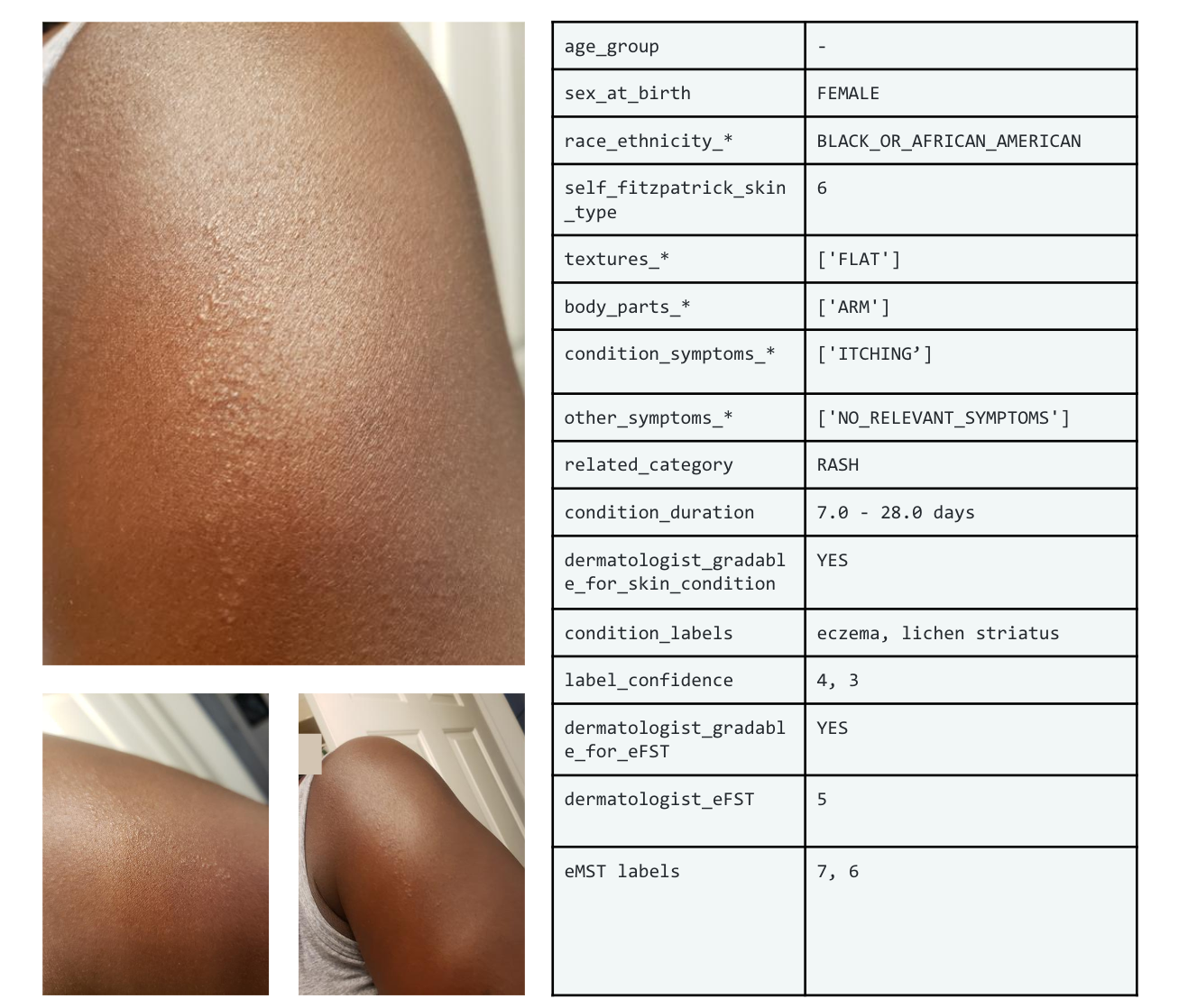
The Story Behind Course Builder
June 3, 2013
Posted by Maggie Johnson, Director of Education and University Relations
Last summer, we ran a MOOC (Massive Open Online Course) on Power Searching. Soon after, we open sourced Course Builder, the platform that we developed on Google technologies to present the course. Since then, we have released four versions of Course Builder adding features such as user-friendly content development, administrative support, dashboards on student performance and behavior, new assessment types including peer review, accessibility, internationalization, etc. A large number of courses have been hosted on Course Builder, with many more in the pipeline.
This work started with the observation that we have all the component technology one needs to create a platform for delivering a learning experience similar to other MOOCs that were being offered on Coursera and Udacity. So we set about wiring together these components (YouTube, App Engine, Groups, Apps, Google+ and Hangouts, etc.) to create the first version of Course Builder.
As we talked with faculty and others who wanted to create online learning experiences, we saw an opportunity for Course Builder to play an important role in the MOOC space. Our goal is to provide the capability for anyone to create a MOOC or even an “OOC”. We believe that an online environment can be used for a wide variety of education-related activities beyond just the standard university course. We have implemented a feature set that supports this goal.
Our users include not only colleges and universities, but also non-profits and K12 organizations. We host academic courses such as Information Visualization and Game Theory, as well as short courses including Mapping with Google, Digital Learning in K12, YouTube Creator Academy, and Giving with Purpose. Supporting this diversity in users, content and format is why we created Course Builder.
Hosting the platform on App Engine has provided additional capabilities that are essential for our users, particularly colleges and universities. It’s possible to brand a MOOC anyway the user wants. The user also owns the relationship with the student directly, and owns any data that they collect to use anyway they like. Given Course Builder is open source, it is possible to easily add customized features. Add to that App Engine’s scalability, self-managed hosting and the extensible component architecture built into Course Builder, and you have a powerful, flexible platform that can support any number of students and any type of content.
We will continue to support this diverse user base, and work to get even more great teachers and innovative learning designers involved in experimenting in this brave new world of online learning. The potential for positive disruption and change is enormous.
-
Labels:
- Education Innovation


